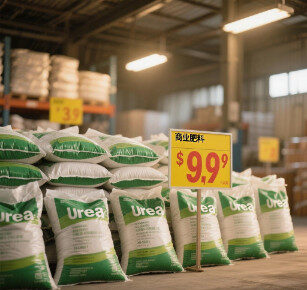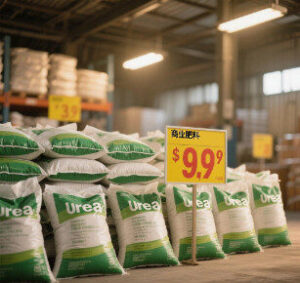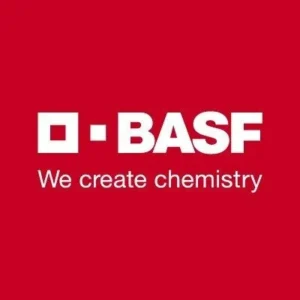China’s domestic urea market has entered a period of significant correction, with prices dropping to multi-year lows in major production areas. As of August 17, spot urea prices in major agricultural hubs, such as Shandong, Henan, and Hebei, dropped to 1,650–1,700 RMB/ton. In the northern Xinjiang region, prices have reached a new yearly low of 1,430–1,480 RMB/ton, decreasing by 20–40 RMB/ton in just a few days. This dramatic decline has sent shockwaves through the industry and raised questions about the underlying causes, potential implications, and future trends.
Key Drivers of the Price Decline:
1.Persistent Oversupply: Urea production remains high at approximately 190,000 tons per day, with operating rates at 80.2%. This level of production has led to a significant accumulation of inventories, which have surged to 1.12 million tons—a 77% year-on-year increase. Furthermore, new capacity expansions are anticipated, with an expected increase of 391,000 tons scheduled for the second half of 2025. These expansions threaten to further destabilize prices by adding to the ample supply.
2.Weak Demand: Seasonally, agricultural demand is relatively sluggish during this period, with minimal restocking activity. Industrial demand remains tepid, with operating rates in sectors like compound fertilizers hovering around 40%. Furthermore, export restrictions have curtailed overseas sales, reducing a key driver of demand. The combination of high supply and weak demand has created a perfect storm, pushing prices down to unprecedented lows.
Emerging Trends and Market Reactions:
1. Supply-Side Adjustments and Capacity Optimization:
Urea producers are under pressure to adjust capacity due to prolonged low prices. Some high-cost, inefficient plants, particularly those in regions with expensive coal or natural gas, may be temporarily shut down or permanently closed. Leading enterprises like Inner Mongolia Yuanxing Energy, for example, are likely to enhance operational efficiency through process optimization or consolidation of smaller plants to maintain profit margins. Meanwhile, it is expected that the government will support industry consolidation and capacity optimization to address the oversupply issue. This could entail encouraging technological upgrades, phasing out outdated capacity, or restricting approvals for new projects. These measures could gradually restore the supply-demand balance over the next few years.
2. Policy Interventions and Support:
The government may intervene to stabilize the market by implementing temporary stockpiling policies. For example, the national reserve system could purchase urea when prices are too low, which would provide price support and ensure supply for farmers. This strategy has been used in the past to mitigate market volatility. Additionally, China’s “dual carbon” goals may indirectly impact supply through tightening environmental policies. High-polluting, energy-intensive urea facilities could face stricter regulations, which would accelerate the exit of outdated production methods and reshape the industry’s long-term structure.
3. Market Participant Reactions:
- Traders and distributors: Confronted with falling prices and high inventories, traders are adopting a cautious approach. They are delaying purchases and reducing stockpiles. This “wait-and-see” mentality has decreased market liquidity and further exacerbated price pressure.
Farmers and end users: While lower urea prices initially benefit farmers by reducing input costs, many are postponing purchases due to uncertainty about future price trends. Additionally, weak agricultural demand and declining crop prices have dampened overall purchasing enthusiasm.
Export Dynamics: China’s urea exports have been limited by domestic export quotas and competition in the global market. However, as domestic prices drop, Chinese urea could become more competitive in the international market, potentially stimulating exports if policy restrictions are eased. This could alleviate some domestic supply pressure, but it could also impact global trade balances.
Implications and Future Outlook:
- Supply Tightening: Planned capacity closures and policy-driven optimizations could gradually reduce the oversupply and balance the market by late 2025 or 2026.
Demand Recovery: As agricultural demand cycles recover during spring planting seasons and industrial sectors stabilize, urea consumption may improve. Additionally, the growing demand for urea in environmental applications (e.g., car urea for emission control) could offset weakness in traditional sectors.
Global Market Linkages: China’s price trends will continue to influence global urea dynamics. If domestic prices remain low, Chinese exports could surge, impacting producers in other regions. Conversely, relaxing export restrictions could temporarily alleviate excess supply.
In conclusion, China’s urea market is in a critical period of deep price corrections, supply adjustments, and changing market behaviors. Producers, traders, and policymakers are adapting to these new realities through industry consolidation, policy interventions, and shifts in demand, which are shaping the future landscape of the market. Close monitoring of production changes, policy developments, and global market interactions will be essential for stakeholders to mitigate risks and capture opportunities in this volatile environment as the market evolves.









